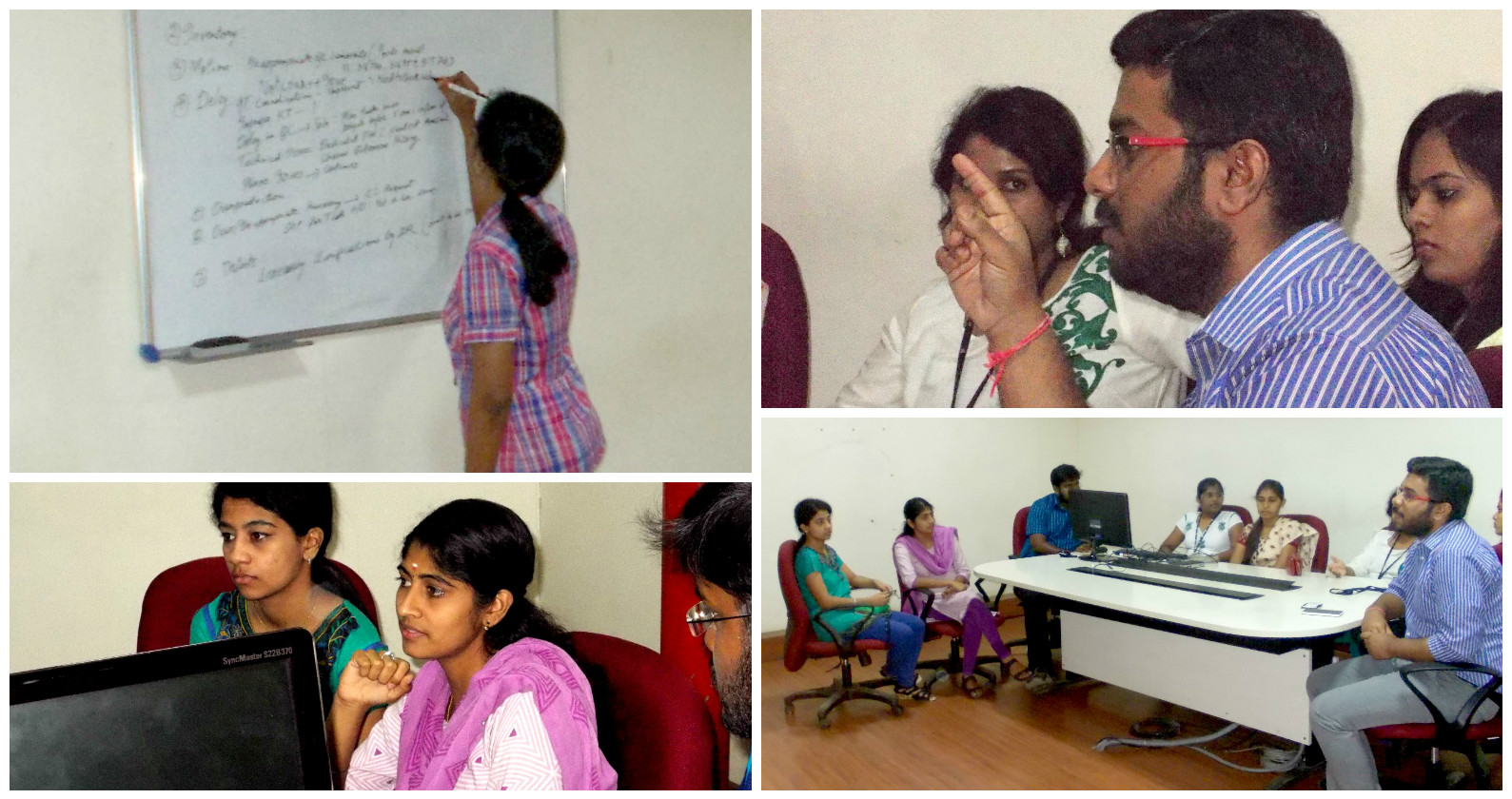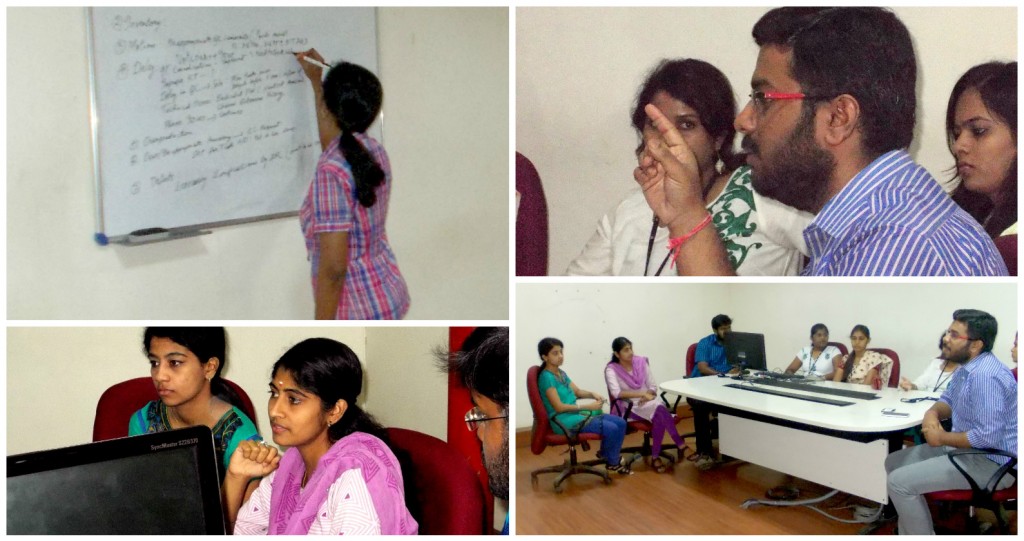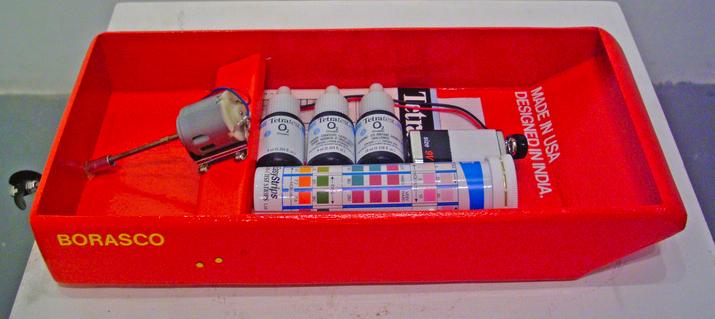In the 10 successful years of virtual assistance operations, GetFriday’s client base has been growing at an exponential rate and benchmarks itself on efficiency. With 14 dedicated virtual assistant teams handling clients from across 60+ countries, GetFriday’s VA’s are working round the clock to make sure that all tasks outsourced by clients are executed with unfailing precision and deadlines are strictly adhered to.
Being the longest running VA company in the world, comes with its share of perils. Operational effectiveness is paramount to maintain the satisfaction levels of clients. And with competition looming, it has become even more important to become effective operationally and turn it into a competitive advantage, which cannot not be replicated easily.
With this in mind, the term “continuous improvement” started to resonate within teams at GetFriday. This is the story of two such teams, GMT (UK) virtual assistance team and FE (Australia) small business team. Both these teams managed to bring and implement a globally recognized quality tool at GetFriday.
What Is Kaizen?
For the benefit of those of you who are unaware about Kaizen, here is a brief explanation of the philosophy –
It is a Japanese philosophy that aims at ‘eliminating waste’ in the organization, without large capital investments. The word literally translates to ‘change’ (kai) ‘good’ (zen).” Any activity that does not add value to customer is a waste and needs to be eliminated. The overall objective being continuous small improvements.
Identification of Non Value Added Activities:
Every Wednesday, the teams meet to identify the Non-value added activities that stops them from delivering quality results on time to clients.
Some example of Non value added activities identified and eliminated are listed below. This added to small continuous improvements within the teams and results began to show.
- The pending emails were identified as waiting inventory. It was decided to generate a daily report on the number of emails to be responded to. These emails usually are customer interactions. Elimination of this waste had immediate positive effect on the satisfaction level and responsiveness within the team.
- The tasks were taken up as per queue by associates irrespective of time required for each task. Therefore adding to waiting time for small tasks, which could easily be completed in less than an hour. It was decided to complete any task taking less than an hour before closing hours of the day and any task taking more than 1 hour to be completed in a single business day. This significantly reduced wait time for small tasks.
- It was found that clients need to be reached through right communication channels, otherwise any clarification with regard to work would have to wait till the next business day. Therefore associates were encouraged to explore Skype, phone calls and Gtalk as additional mediums of communication.
Kaizen practice at GetFriday
- Document the current situation
- Visualize the ideal situation
- Define measurement targets
- Brainstorm solutions to the problem
- Develop Kaizen Plan
- Implement plan
- Measure, record and compare results to targets
- Prepare summary documents
- Define the problem
- Standardization
To elucidate further, here are two small case studies of the problems and the solutions that the GMT and the FE teams came up with:-
Case Study 1
Define the Problem:
When a Virtual Assistant has completed a task for the client, the QC tracker has to be updated by the team-in-charge, after which the task will undergo quality checks by the Quality Team.
There could be instances wherein the Team Lead is not at the desk or is in a meeting and if in that case, the QC tracker is not updated on time, there could be delays in getting the task approved by the QC and the VA could ultimately miss the deadline for the task.
Document the current situation:
The problem as mentioned above is documented on a board and also in an excel sheet.
Visualize the Ideal Solution:
The ideal solution for the problem is the situation where TL is always present to update the tracker.
Define Measurement Targets:
The numbers of tasks which are being delayed due to this tracker update problem are noted down, and targets were set to bring them down to zero.
Brainstorm solutions to the problem:
Once every week, all the team members gather in a meeting room to discuss all the problems and brainstorm on the ideas and feasibilities of the room for improvement. For this particular problem also, all the team members gathered together and brainstormed ideas for a feasible solution.
Develop Kaizen Plan:
The solution that was decided was that now, the QC tracker will be shared with two senior VA’s in the team and if in case, the Team Leader is not available, the tracker can be updated by either of the VA’s immediately.
Implement plan:
The decided solution was then implemented in the next week, and improvements were noted.
Measure, record and compare results to targets:
Results (delays/ missing deadlines due to the QC tracker issue after implementing solution) were noted and compared with the targets set (zero delay) in the earlier Kaizen meeting.
Prepare summary documents:
Results and improvements were noted for the complete Kaizen activity for this particular problem.
Standardization:
The solution was regularly implemented, and results were noted every week to bring in standardization.
Following these simple methods, GetFriday’s GMT team was able to find the solution to many other similar problems. The following case study summarizes the solution found and implemented using above mentioned 10 simple steps.
Case Study 2
Problem:
There is an urgent task that needs to go by the end of the day and there are no resources available in the team to handle the task because the VA’s already have a lot of tasks to do for themselves. In such a situation, there is a resource crunch.
Solution:
The Virtual Assistant who has received the task request should check with the shift in-charge who is present on the floor and find out if any Virtual Assistant is free in his/her team or any of the teams present. Once another virtual assistant has been zeroed on, the VA should assign the task instantly on priority. If the need arises, the VA should also be able to assign the task to the next shift. To make sub-tasking an easy process, there is a task hand-over checklist provided to the person/team that is willing to handle the task on priority.
Kaizen meetings have been taking place at GetFriday for more than a year now and the small solutions contributed by the team members in each of these meetings, have gone a long way in ensuring the upkeep of consistency and quality in the company. Clients of GetFriday can be assured that apart from the regular quality checks on their tasks, every team at GetFriday hosts these Kaizen meetings regularly to discuss and completely eliminate any “waste” during the process of getting your tasks done. With that in place, there is a lesser waste, inventory is used more efficiently as are employee skills, and there is greater customer satisfaction, with higher quality tasks coming your way.
These are just a few examples of how Kaizen is being employed in GetFriday and this is the first blog of the many blogs that are yet to come in the ‘Kaizen’ blog series. Stay tuned for more in the upcoming weeks!







